Animal Architects: Ingenious Structures Built by Nature’s Creatures
Nature is full of wonders, from towering mountains to dense forests, and even the smallest insects can create marvels that rival human engineering. When we think of architecture, we often imagine the great human-made structures that shape our cities and landscapes. But the animal kingdom is no stranger to impressive construction. Many species, ranging from birds to beavers, termites to ants, are remarkable architects in their own right. These creatures build nests, dens, dams, and even complex cities, not only for shelter but to ensure their survival and the prosperity of their offspring. Let’s explore the ingenious ways animals design and create these remarkable structures.
Beavers: Master Engineers of the Animal Kingdom
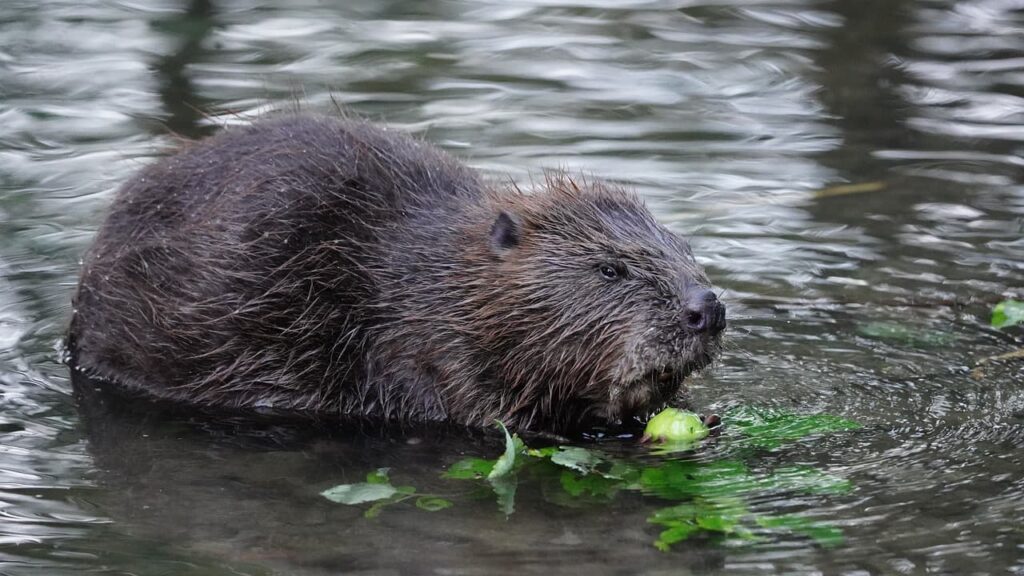
Beavers are arguably one of the most skilled and well-known animal architects. Their ability to construct elaborate dams and lodges has fascinated both biologists and engineers for centuries. Beavers build these structures to create a stable environment where they can access food throughout the winter, stay safe from predators, and even raise their young.
Beaver dams are created by felling trees with their powerful teeth, using branches, mud, and stones to build massive structures that can stretch for hundreds of feet. The dams slow down the water flow, which helps create a pond where beavers can build their lodges. These lodges are dome-shaped and made from sticks, mud, and leaves. The entrance is submerged underwater to prevent predators like wolves and bears from reaching the beavers inside.
What’s truly remarkable is the way beavers engineer their dams to withstand the power of flowing water. They carefully build their structures with materials that can absorb and adapt to changes in water levels. The beaver’s dams help maintain a wetland ecosystem, which benefits a wide range of species, including fish, birds, and plants. In this way, beavers are not just architects; they’re ecological engineers, shaping their environment in a way that supports the biodiversity around them.
Termites: The Underrated Architects of the Insect World
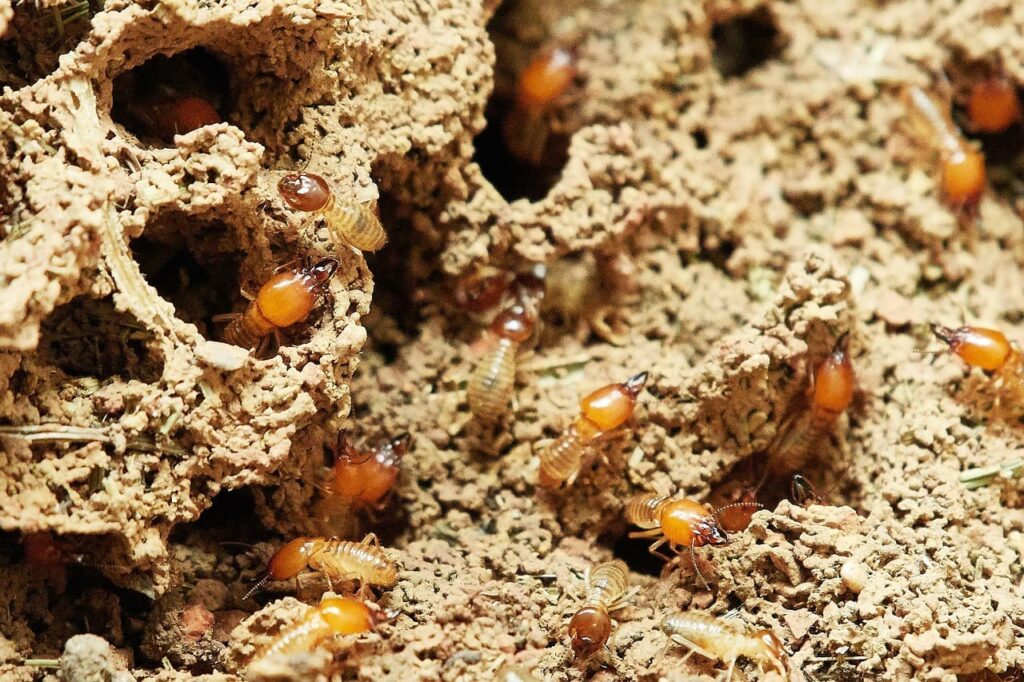
Termites, often considered pests due to their appetite for wood, are also exceptional architects in their own right. Some species of termites, particularly those in the African savannas, build towering, complex mounds that are among the most impressive natural structures in the animal kingdom. These mounds can reach heights of up to 30 feet and can cover vast areas. Inside, they are a sophisticated network of tunnels and chambers that serve as both shelter and climate control.
The architecture of termite mounds is a testament to their highly organized social structure. Each mound is built by millions of workers, each with specific roles. The workers, soldiers, and reproductive termites all contribute to the mound’s construction and maintenance. The mounds are designed with intricate ventilation systems that regulate temperature and humidity, ensuring the termites’ survival in the hot and dry conditions of their environment. The construction materials used—mostly mud, saliva, and feces—are incredibly durable, and the mounds have been known to stand for decades, if not longer.
What’s most astonishing is the way termites use passive climate control in their mounds. The towers are constructed with various layers of soil and mud, creating air channels that allow for natural cooling. The mounds also have small holes that function like chimneys, drawing in cool air and expelling hot air. This sophisticated ventilation system ensures that the termites remain at a consistent temperature, which is crucial for their survival.
Birds: Nest Builders of Every Shape and Size
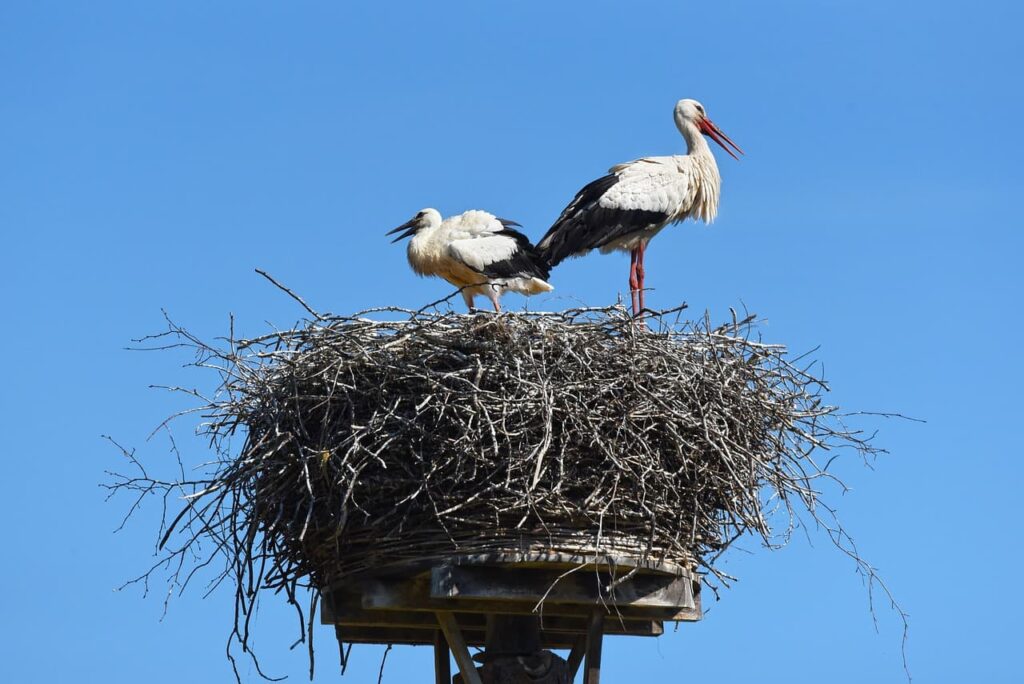
Birds are some of the most diverse animal architects, with a wide range of nest-building techniques. The variety of materials and designs birds use to construct their nests is nothing short of fascinating. From simple grass nests to intricate woven masterpieces, birds are truly creative builders.
One of the most remarkable examples of avian architecture comes from the weaverbird. Native to Africa and Asia, weaverbirds are known for their complex nests, which they weave using long grasses and plant fibers. These nests often hang from tree branches in large colonies, with some species creating nests that can hold up to 100 individual birds. The intricate weaving process requires precise coordination and impressive craftsmanship. Weaverbirds are known to build several nests at once, carefully inspecting each for safety and comfort before choosing the one to inhabit.
In contrast, eagles and hawks build large, sturdy nests called “eyries,” usually in tall trees or on cliffs. These nests are constructed from large sticks and branches, with the eagles often returning to the same nest year after year, adding new materials as they go. The nests are designed to withstand wind and weather, and they can grow to over 10 feet in diameter as the birds continue to add layers over time.
Another extraordinary example of bird architecture is the bowerbird. Native to Australia, bowerbirds are known for their elaborate and colorful courtship displays, during which the male builds a “bower” to attract a mate. The bower is not a nest for raising offspring but a decorative structure designed to impress females. The males collect a variety of objects—flowers, shells, plastic, and even bits of glass or metal—and arrange them around their bower. The more elaborate the bower, the more likely the male is to attract a mate. This behavior is an excellent example of how animals use architecture for purposes beyond survival, such as reproduction.
Ants: Tiny Builders with Complex Systems
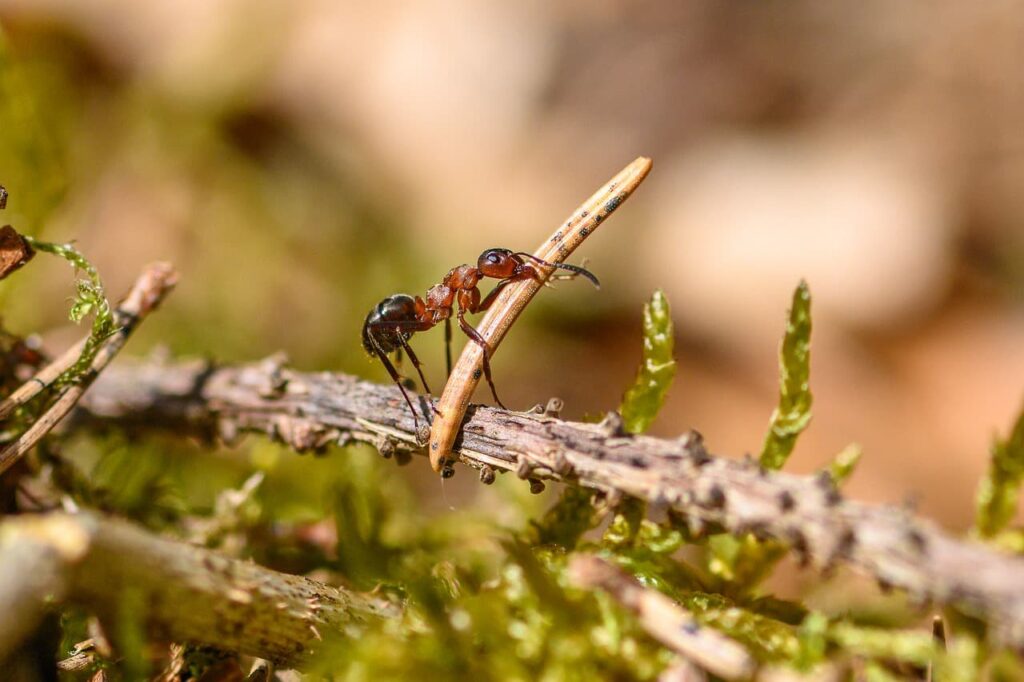
While termites are known for their massive mounds, ants are also master builders. In fact, ants are responsible for some of the most complex and intricate underground tunnels and nests in the animal kingdom. Some ant species, like the leaf-cutter ants, build vast underground colonies that can stretch for miles. These nests are composed of thousands of interconnected chambers and tunnels, which help the ants to organize and manage their social structure.
Leaf-cutter ants are particularly fascinating because they farm fungus in their nests. These ants cut leaves from trees, bring them back to their colony, and use them to cultivate fungus, which serves as their primary food source. The structure of their nests is designed to maintain the ideal environment for growing this fungus. The ants regulate the temperature and humidity of their nests with astonishing precision, ensuring the survival of both the fungus and their colony.
Another remarkable example of ant architecture comes from the weaver ants. These ants are known for building large, hanging nests in trees by weaving together leaves using their silk-producing larvae. The nests can hold entire colonies and are constructed with remarkable efficiency. The workers cooperate to gather leaves, transport them, and then use their larvae to produce silk, which is used to bind the leaves together. These nests can be as large as several feet in diameter, providing the ants with a safe place to live, sleep, and raise their young.
Spiders: Web Designers with Precision Engineering
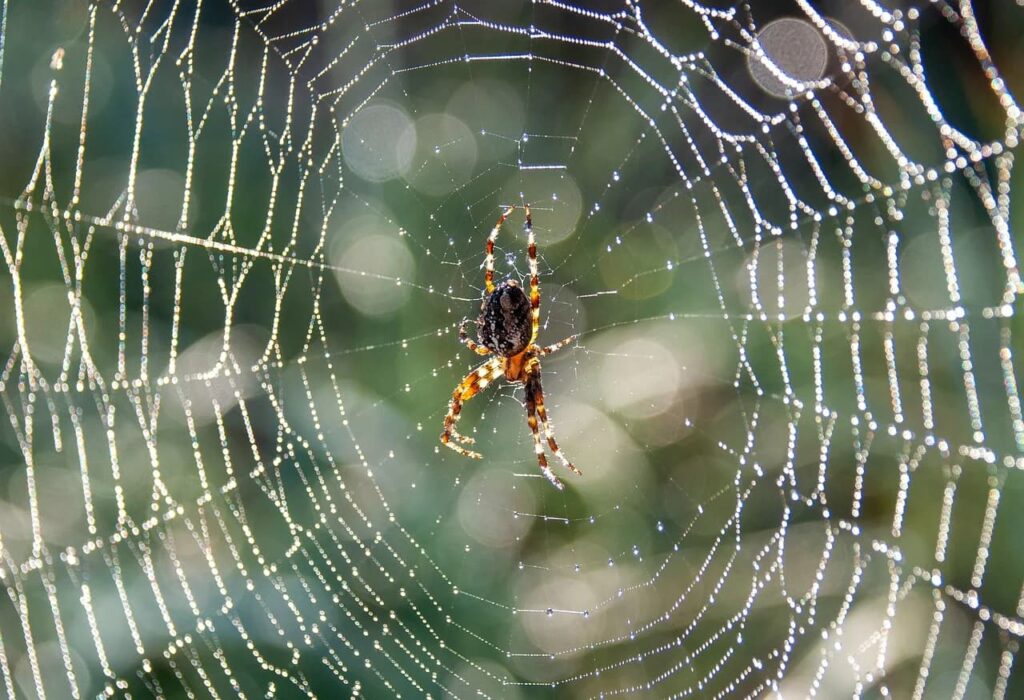
Spiders are known for their remarkable silk-producing abilities, but not all webs are created equal. Some species of spiders, such as the orb-weaving spiders, construct elaborate webs that are masterpieces of engineering. These webs are built with precision and purpose, designed to maximize the spider’s chances of catching prey.
The orb web, with its circular shape and radial spokes, is a testament to the spider’s evolutionary design skills. The silk strands are not only sticky but also elastic, allowing them to capture and retain prey without breaking. Some species, such as the golden orb-weaver, create webs that are so strong they can even catch large insects like moths and beetles.
Web-building is not just for catching food, but also for reproduction. Many spiders build special egg sacs using silk to protect their offspring. The webs also serve as a safe haven from predators, providing a stable structure where the spider can rest or hide when not hunting.
Pufferfish: Creating Intricate Patterns Underwater

One of the more unusual and aesthetically striking examples of animal architecture comes from the male pufferfish, particularly the Japanese pufferfish (Tetraodon). Known for its intricate underwater “artwork,” the male pufferfish creates stunning geometric patterns on the ocean floor. These intricate circular designs, sometimes spanning over six feet in diameter, are built to attract a mate.
The male pufferfish clears away sand and sediment, using its fins and body to carefully craft concentric circles and delicate ridges. The symmetrical designs are not only beautiful but also functional—female pufferfish are drawn to the size, precision, and complexity of the pattern. The male’s architectural skills demonstrate a unique blend of artistry and survival instinct. Though these underwater structures do not serve as shelters, they are an excellent example of how animals can use construction to fulfill reproductive needs.
The Evolutionary Advantage of Animal Architecture
Why do animals go to such great lengths to build these intricate structures? The answer lies in survival. In nature, shelter is often essential for protecting against predators, extreme weather, and the challenges of raising offspring. For many species, the architectural feats they create are not just impressive—they are crucial to their ability to thrive.
For example, beaver dams are not only shelters but also tools that help beavers control their environment. By building dams, they create ponds where they can store food, protect themselves from predators, and maintain a stable water supply. Similarly, termite mounds and ant nests provide protection from the elements and predators, while also offering a safe environment to raise young.
Moreover, many of these structures help maintain ecological balance. Beaver dams create wetlands that support diverse plant and animal life. Termite mounds improve soil quality and facilitate nutrient recycling. Ants, through their farming activities, enhance plant growth by spreading seeds and aiding in decomposition. In these ways, animal architecture plays a pivotal role in supporting the ecosystems they inhabit.
